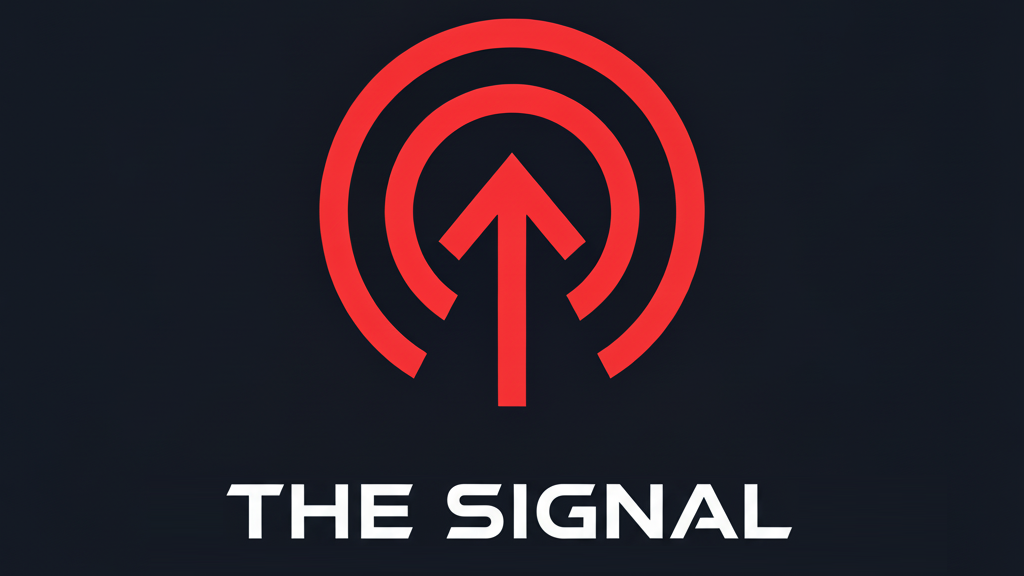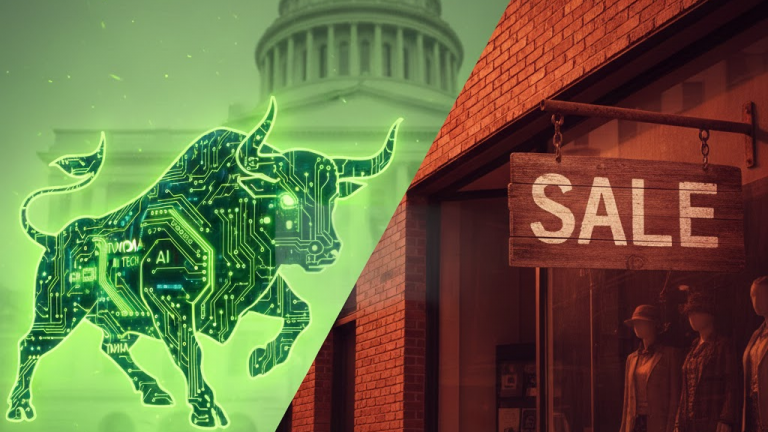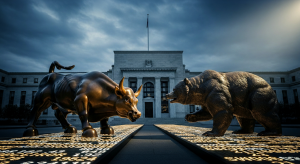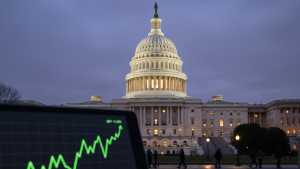The Only Thing That Mattered Today (September 30, 2025)
The Main Story: Despite a U.S. government shutdown, stocks finished a nervous and choppy session with a mixed verdict as the clock ticked down toward a near-certain government shutdown at midnight. The Dow Jones Industrial Average managed a slight gain, while the S&P 500 and Nasdaq Composite both ended modestly in the red. But the day’s minor fluctuations masked a much larger anxiety gripping Wall Street: the imminent disruption to the flow of vital economic data that both investors and the Federal Reserve rely on to navigate the economy.
The political stalemate in Washington, D.C. dominated the narrative, pushing other market-moving news to the background. This includes a significant report from The Conference Board showing that its Consumer Confidence Index tumbled to a five-month low in September. Consumers expressed growing concerns about rising prices and a cooling labor market, a worrying sign for future spending. This erosion of confidence provided a sour backdrop to a market already on edge, creating a one-two punch of political uncertainty and weakening economic sentiment that defined the day’s trading.
The Signal: The Market Hates Flying Blind
Today’s tension wasn’t just about the political theater of a shutdown; it was about the sudden loss of visibility. The clearest signal is that the market is now being driven by a fear of the unknown, specifically the blackout of crucial government-provided economic reports. For months, every investor has been laser-focused on the Federal Reserve’s battle against inflation, hanging on every word from Chairman Jerome Powell and treating key data releases like the Super Bowl. The central bank has been explicitly “data-dependent,” meaning its decisions on whether to raise, hold, or cut interest rates are guided almost exclusively by incoming numbers on jobs and inflation.
A government shutdown grinds the gears of that data machine to a halt. The Bureau of Labor Statistics, for instance, will not release its pivotal monthly jobs report, which includes Nonfarm Payrolls and the unemployment rate, scheduled for this Friday. Subsequent reports on inflation, like the Consumer Price Index (CPI), would also be shelved.
This is the market’s worst-case scenario. It effectively leaves the Federal Reserve, and by extension, the entire market, flying blind. Is the economy tipping into a recession, or is it resilient? Are the Fed’s aggressive rate hikes from the past year finally taming inflation, or is more action needed? Without this data, no one can be certain.
While markets have historically weathered past government shutdowns with surprising resilience, the context this time is different. The economy is in a far more delicate state, and the Fed is at a critical policy pivot point. The loss of information now is more consequential than during periods of economic stability, and the market’s cautious, risk-off tone today was a direct reflection of that heightened risk. The government isn’t just shutting down its offices; it’s shutting down the market’s visibility into the health of the economy.
Actionable Takeaway: In a market driven by political deadlines, expect heightened volatility and a greater emphasis on non-governmental data points for short-term direction.
Disclaimer: This article is for informational purposes only and does not constitute financial, investment, or legal advice. The information provided is a synthesis of publicly available data and expert analysis and should not be considered a recommendation to buy or sell any security. Investing in the stock market involves risk, including the possible loss of principal. Past performance is not indicative of future results. Readers should consult with a qualified financial advisor to determine an investment strategy that is suitable for their own personal financial situation and risk tolerance.






















